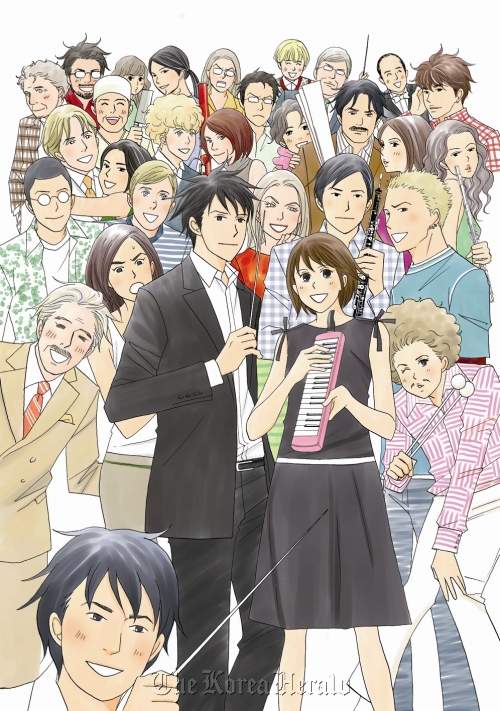Cristoph Mark / Daily Yomiur Staff Writer
In a publishing market so dominated by illustrated stories--i.e. manga--it is sometimes surprising the only exposure Japanese audiences have to American comicbook superheroes is in the form of blockbuster Hollywood movies.
Using that very point of entry, Parco Factory's latest exhibition, DC Comics Super Heroes!!!, explores a small but significant corner of that increasingly popular American art form.
"We felt this exhibition would be a good way for light fans who became interested in America's comicbooks through films to learn about the genre in an accessible, fun way," says Rui Shigeto, who curated the exhibition.
The show covers the history of some of America's favorite comicbook heroes: Superman, Batman, Wonder Woman and Green Lantern (most of whom have appeared in film). Starting with the Golden Age (ca 1938-1952)--which was heralded by the appearance of Superman in Action Comics No. 1, and later introduced Batman in Detective Comics--a number of replica covers from each era illustrate the changes in artistic attitudes and societal norms.
Each of the major turning points in comicbook history--which also include the Silver Age and the Modern Age--is marked by a distinct approach in terms of both artistic style and story content. Early stories were a bit on the dark side, before taking a turn for the camp during the 1960s. Later, characters struggled with issues such as drug abuse and, in the case of Frank Miller's brilliant The Dark Knight Returns, nuclear war and misplaced patriotism. As one might imagine, a dark realism--both visually and thematically--has taken hold in the Modern Age of American comics.
Hanging on the walls of the exhibition space are recent issues of series dealing with these classic characters, each of them handled by a different writer and artist. Grant Morrison's Old West version of Batman, any one?
"I think one of the interesting things about American comicbooks--as opposed to Japanese manga--is that different artists [and writers] handle the same character, thereby giving the art a different flavor and the storylines a different structure," says Shigeto. "In Japan, you would never see several mangaka taking on the same character's story."
For Super Heroes, however, Japanese artists get to do exactly that: 22 artists and designers try their hands at re-envisioning these classic icons. Shunya Yamashita, who designs game characters, imagines Batgirl, Wonder Woman and Catwoman as kawaii sexpots straight out of anime; illustrator Hiroki Tsukuda applies traditional Japanese craft to an ink recreation of the Batmobile from the recent Batman films; and the designers at Be@rbrick turn Batman into its trademark cute bearshaped toy.
"We wanted to make use of the various styles, genres and ages of the participating artists--which include graphic designers and mangaka, among others--as a filter through which to view the world of American comicbooks," Shigeto says. "I feel that this varied mix really resulted in a particularly 'Tokyo' sensibility. This is an exhibition that really only could have been done here in Japan."
But the most famous redesigns of America's comicbook superheroes have been done by film studios, and there is no shortage of memorabilia on hand at Super Heroes. Among the many items are Val Kilmer's cowl from Batman Forever, Brandon Routh's glasses from Superman Returns and Batmobile and Batwing models from 1989's Batman. And the most impressive of all: the rhinestoned "S" from Marlon Brando's costume for 1978's Superman.
"DC Comics Super Heroes!!!," until Dec. 19, 10 a.m. to 9 p.m. at Parco Factory in Shibuya, Tokyo. Admission is 300 yen, with student discounts available. For further information, call (03) 3477-5873 or visit www.parco-art.com.
http://www.yomiuri.co.jp/dy/features/arts/T101202003565.htm

